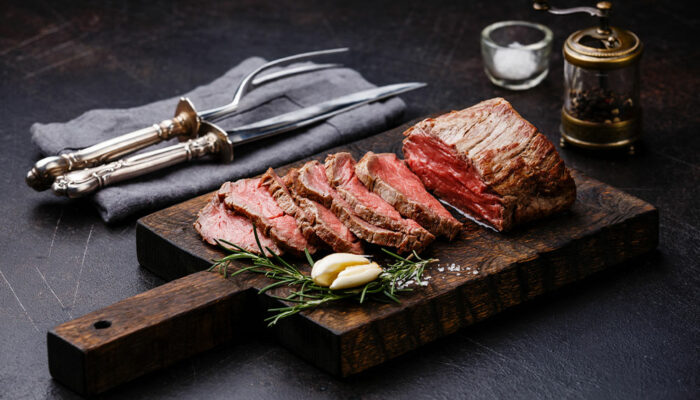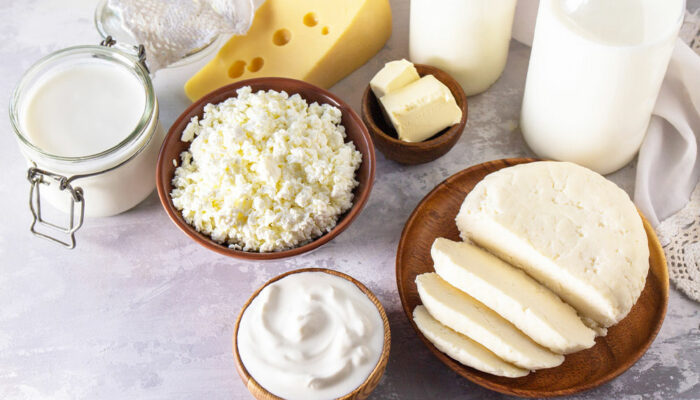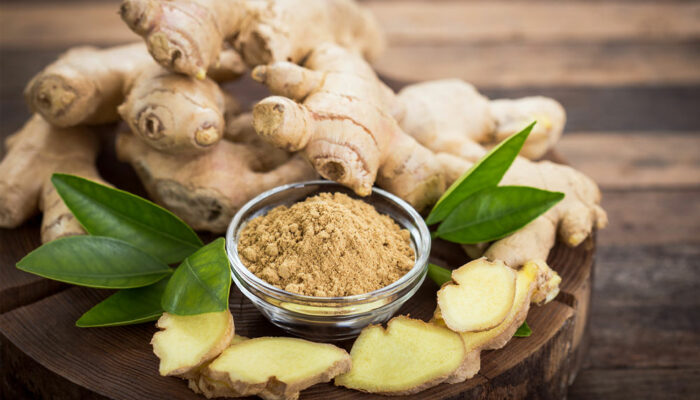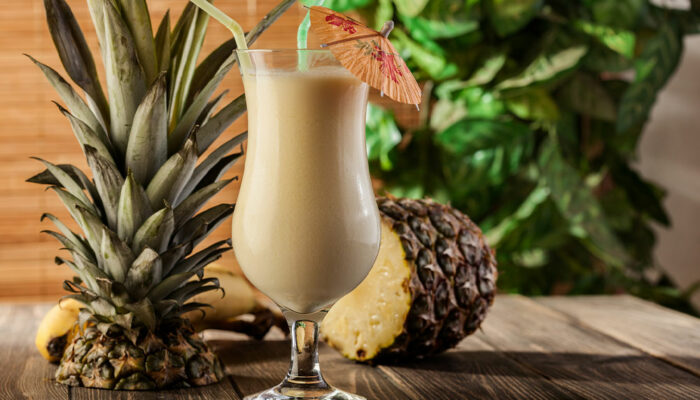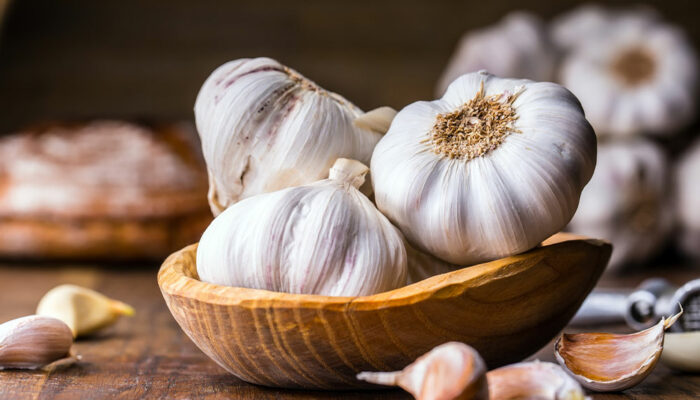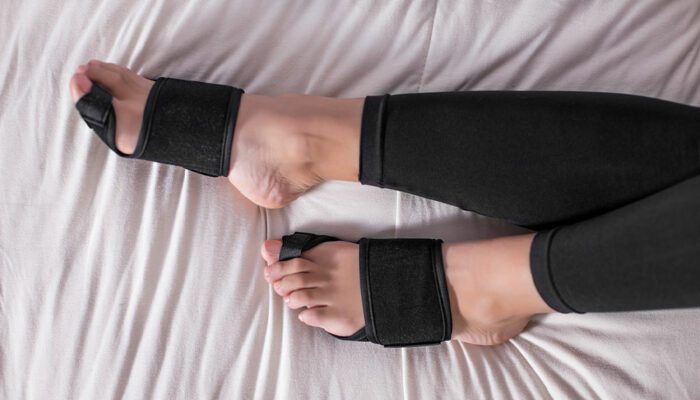
health
4 foods to avoid while dealing with cold sores
Cold sores are a problematic symptom of the Herpes Simplex Virus that can derail your plans. They often appear when you are already under the weather, making them even more challenging to eliminate. Furthermore, they are not as quick to leave as they are to arrive. They linger around for longer and might feed off some healthy food you eat to boost your immunity. Here are some foods to avoid while dealing with cold sores. Chocolate Chocolate has often been touted for all the health benefits it brings. It is also loaded with antioxidants; the darker the chocolate, the higher its protein and fiber content will be. But chocolate is best avoided for people with cold sores because of its high arginine content. For people who prefer hot chocolate in the winter, switching to alternatives like cappuccino will help save some discomfort. Pickles Foods with high salt content, like pickles, are another no-no for people with cold sores. Not only does high sodium content further irritate the skin it also interferes with macrophage activation. Since macrophages are essential to bringing down the inflammatory markers in the body, eating foods like pickles can prove counter-productive to cold sores treatments. Oranges Stress is one of the most common reasons behind cold sores, as it impairs the immune system’s functioning.
Read More 